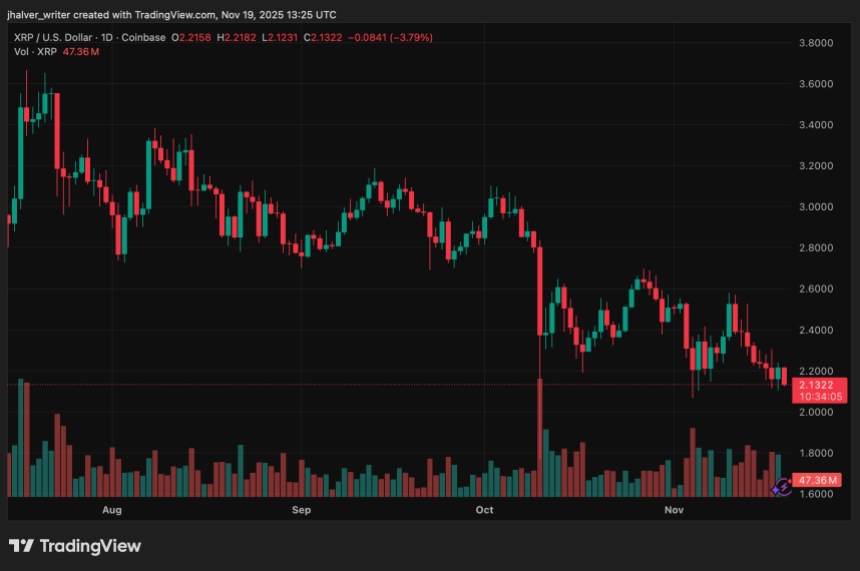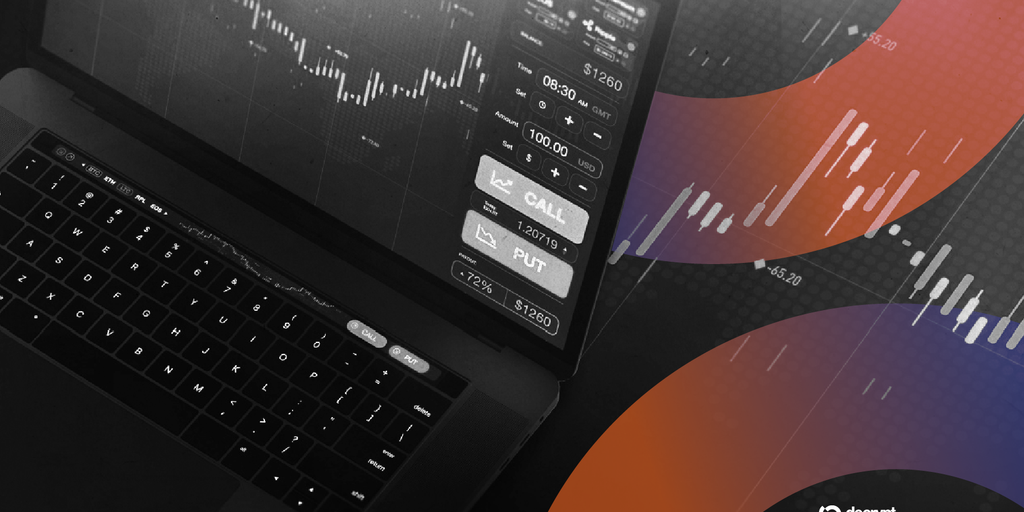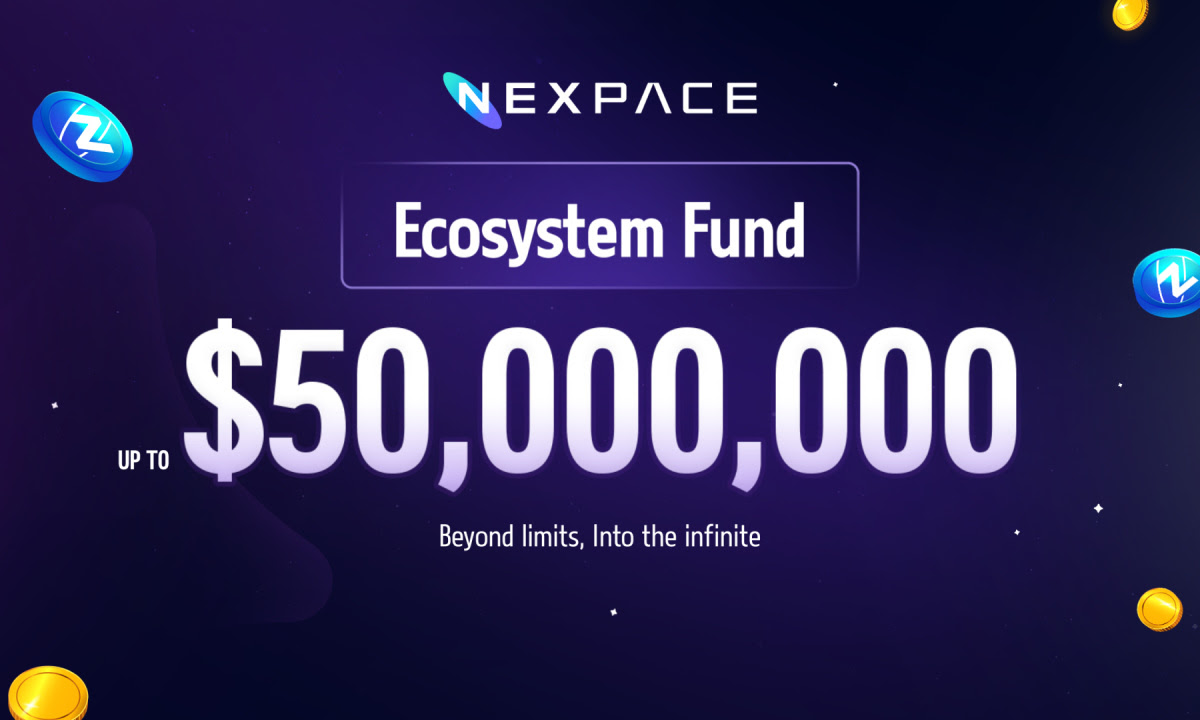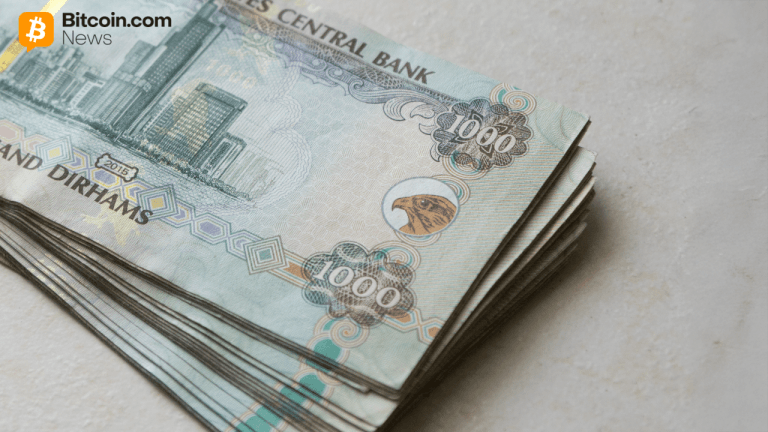The crypto market is buzzing after the launch of the first U.S. spot XRP ($2.12) ETFs, a development that has injected fresh institutional energy into the asset.
Related Reading: Famous Trader Bets $27 Million That The XRP Price Will Crash
With multiple high-performing firms entering the race, including Canary Capital, Franklin Templeton, and Grayscale, a bold question is resurfacing across the industry: Can XRP realistically challenge Ethereum for the No. 2 spot in the global cryptocurrency rankings?

XRP ETFs Ignite Institutional Momentum
The launch of XRP ETFs in November 2025 marked a historic moment for the asset. Canary Capital’s XRPC debuted with over $58 million in first-day volume, the strongest ETF opening among hundreds launched this year.
Franklin Templeton has now filed its Form 8-A to list the Franklin XRP ETF on NYSE Arca, signaling that another major player is just days away from going live.
This influx of institutional interest mirrors the early phases of Bitcoin and Ethereum ETF rollouts, characterized by short-term volatility followed by broader adoption.
Though XRP’s price consolidated around the $2.12–$2.17 zone after the initial spike, analysts argue that ETF inflows operate with settlement lags through OTC desks. In other words, the actual impact on market price may not be realized until later.
Can XRP Truly Compete With Ethereum’s Dominance?
Despite XRP’s explosive year, marked by record utility, rising XRPL adoption, and Ripple’s $500 million strategic investment, the asset still faces a steep climb if it hopes to overtake Ethereum.
Ethereum remains firmly in second place with a $373 billion market cap, supported by a massive ecosystem of decentralized applications, smart contracts, and tokenized assets. XRP, currently around $129 billion, operates on a network optimized for payments rather than programmable applications.
Analysts note that while XRP’s institutional use cases are deepening, particularly in cross-border settlement, tokenization, and banking infrastructure, the lack of a native smart-contract layer limits its ability to mirror Ethereum’s developer-driven demand.
For now, experts say that overtaking Ethereum is unlikely in the short to medium term. But with expanding utility, ETF-driven accumulation, and growing adoption in Japan, the U.S., and global banks, XRP’s market cap could still climb substantially.
Price Outlook: Volatility Now, Bigger Moves LaterFrom a technical standpoint, XRP is sitting at a critical support zone near $2.12, repeatedly testing the 0.382 Fibonacci level. Selling pressure remains present, with capital outflows and lower highs on the chart. Yet open interest has surged from $1 billion to over $6 billion since October, signaling strong trader engagement.
Related Reading: Analyst Says You’re Looking At XRP The Wrong Way, Here’s What It Actually Does
Long-term forecasts from analysts remain optimistic, with some projecting possible runs toward $6–$25 if ETF inflows intensify and liquidity tightens. As November and December usher in multiple ETF listings, XRP’s next major move will likely be shaped by how quickly institutional allocations scale.
Cover image from ChatGPT, XRPUSD chart from Tradingview



























 24h Most Popular
24h Most Popular









 Utilities
Utilities